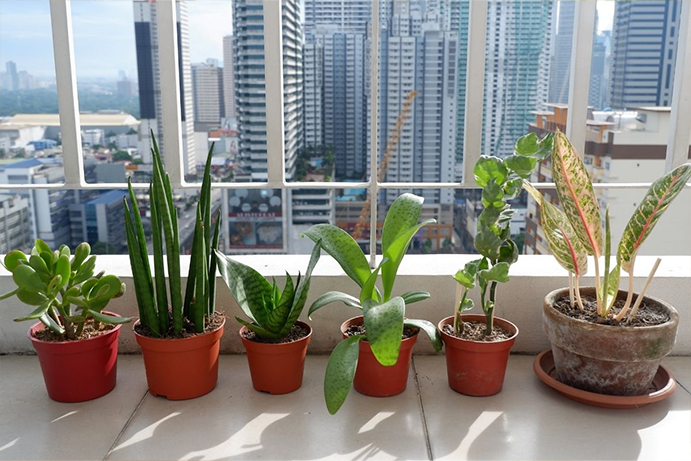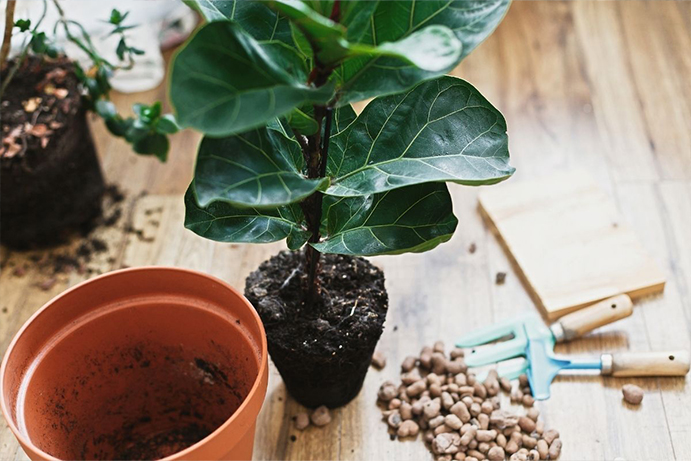
The Easiest Plants to Grow Indoors!
Guest Blog - By Tony Manhart
If you are looking for the easiest plants to grow indoors, you are at the right place! When spring finally arrives, everyone wants to start growing their own plants. But in most cases, your backyard doesn’t have enough room to grow a full garden, and you don’t have the time to grow your food in pots. This year, start planting indoors! You’ll have the ability to grow a large variety of plants in small pots—no matter where you live.
What is The Easiest and Fastest Plant to Grow Indoors?
There are many easy and fast indoor plants that can grow. Among them, there is the cactus plant, which is also known as the Christmas cactus plant. They don't need to be watered regularly. The cactus plants don't need to be fertilized. All they need is some sunlight and good soil.
What are The Easiest Indoor Plants to Stay Alive?
There are many different types of plants that are easy to care for. One of them is the spider plant, which has thin, green stems, the other is the philodendron plant. There are many others, but those two are the most popular.

How to take care of the snake plant
Snake plants are easy to grow and require very little water. They also do well in cool and damp locations. The leaves of snake plants need sun, but only if it’s bright and warm. If the leaves are placed in direct sunlight, they will burn. They are easy to grow in containers and many gardeners will take a snake plant outside for a bit of fresh air in the summertime.
How to take care of the philodendron plant
Philodendrons are some of the easiest indoor plants to keep alive. They don’t require much water or light, and they do pretty well without fertilizer, according to the experts. As long as you don’t give it too much light or too much water, the philodendron will do fine.
Some useful tips: - For instance, the philodendron needs high humidity, the use of a humidifier will help you maintain the required humidity. - Another thing that you should consider is the temperature. Some plants like warm temperatures, while others like cold temperatures. It is important to find a combination of high humidity and cool temperatures so that your plants can grow well. - Make sure that you rotate the plants around and find the best spot for them. You can put them on the bottom of a shelf or near a window. - It is also a good idea to change the soil or fertilize it regularly. If you don't, the plants will be weak and unhealthy.

The Easiest Tree To Grow Indoors The dwarf fig tree grows quickly indoors. They can be brought into bloom within two to three years. If you start them from seed, expect to wait between six and nine months until you see the first fruit. Some plants start producing fruit in as little as three months, while others take three to four years to flower. The dwarf fig tree tends to be very small and not especially sweet. But you don’t need a dwarf fig tree to enjoy the delicious flavour of fresh fig.
Which Indoor Plants Grow in a Week?
Indoor plants are one of the best ways to beautify your home. Many of them require very little maintenance and are easy to care for. You should never give it more than six hours of direct sunlight a day. However, you will have to watch it carefully and keep an eye on it because it can become root bound if you don't.
Some of the best indoor plants include: -
Peace lily - Pothos - Spider plants - Boston fern - Philodendron - Rubber plants
Final Words on Easiest Plants to Grow Indoors! In conclusion, it’s important to understand the importance of hydration when planting your indoor plants. Many indoor plants will die in low-light situations unless the soil gets plenty of light and water. In fact, the best place to get a decent amount of light is on a windowsill. There is a lot to know about growing plants indoors, and it’s good to have an idea of what you’re getting into before you go ahead and get started.

About the Author Tony Manhart is the founder and editor-in-chief at Growertoday. Tony’s enthusiasm and rich experience in all things related to growing plants have led him to share his knowledge with gardening aficionados all over the world. When he is not working around his garden, Tony spends his time writing tips and tricks on various subjects related to plant cultivation and soil maintenance.









